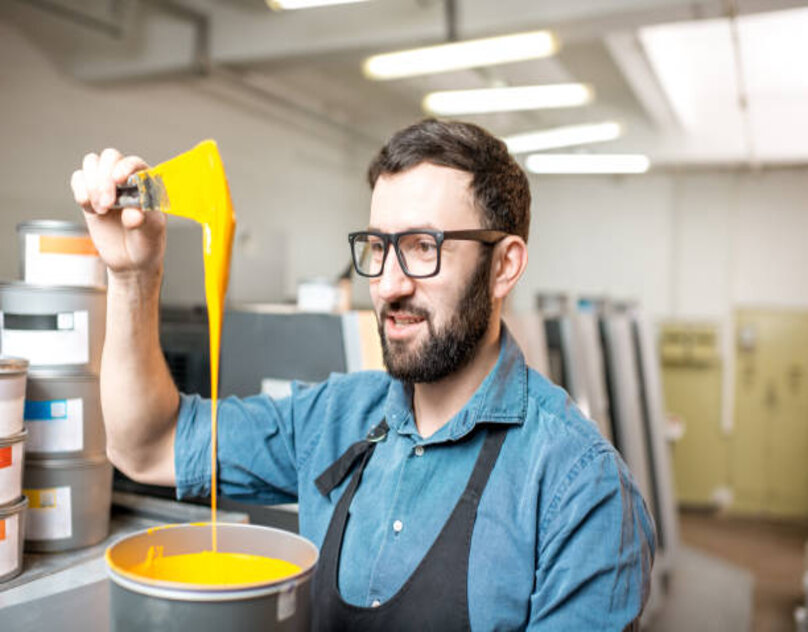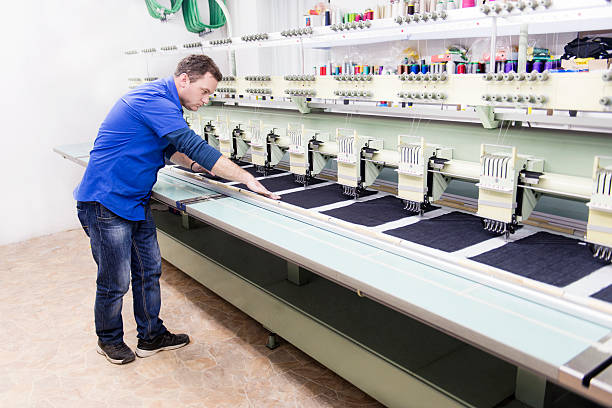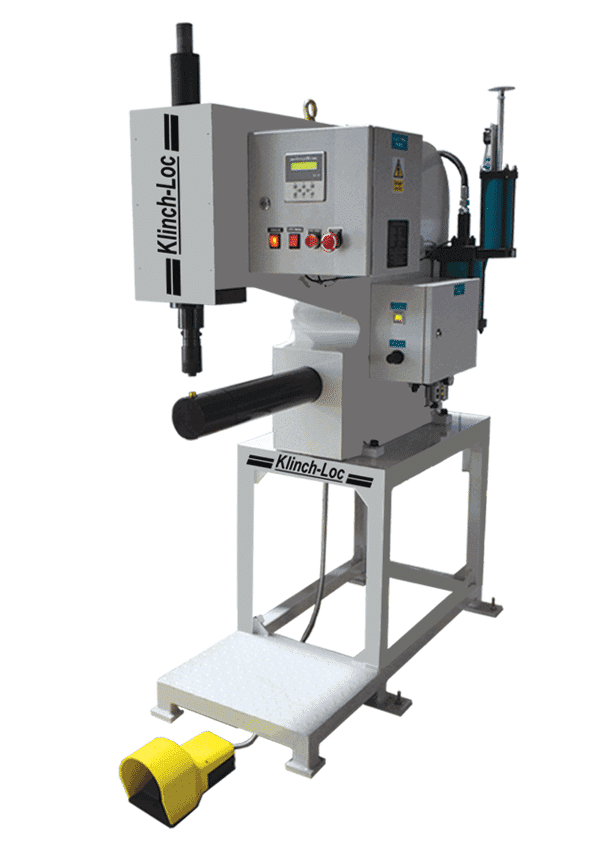Before selecting dyestuff, make sure you understand how the process actually works. The basic procedure involves the application of color to fiber stock, yarn, or fabric. Depending on the type of material, the dye may penetrate through the fabric, producing a saturated color or a lighter hue. Natural dyeing extracts are a popular choice for this purpose, as they are easy to store and use.
Using a dye that is acid-based is an excellent choice for leather. The chemical reaction in the leather produces the desired result while using an alkaline-based dye will create a brighter appearance. To avoid problems, it is essential to first test a small piece of leather to determine the correct hue and consistency. It’s best to use a swatch of the dye on a scrap piece before applying it to a piece of leather.
Before choosing a dye, it’s important to consider the type of fibres to be dyed. Cotton and wool are recommended for a dye bath temperature between 92°C and 100°C. Other materials, such as hemp, should be dyed at temperatures no higher than 200oC. Check the recipe carefully before you begin dyeing. Generally, most dyes take an hour to reach the desired temperature. To make sure the material will be stable at the right temperature, gently turn the material several times during the hour-long process.
There are several factors to keep in mind when choosing dyes for your leather project. The type of leather and specific requirements should dictate the choice of dye. For some applications, high light fastness is essential while for others it isn’t. Other factors to consider when selecting a dye include the fastness to light, reaction to rubbing, and cost. In addition to these, it is important to properly prepare the material before the dyeing process begins.
When choosing dyestuff and colorant solutions make sure to read the labels carefully. Some of these products are dispersed and require pre-treating to be safe. The majority of dispersed dyes are safe for fabric, but some are toxic. It is crucial to carefully read the label to ensure that the dyestuff you are buying is water-soluble.
While dyestuff and colorants are essential for textile manufacturing, they are also vital for preserving the environment. The chemicals in the solution must be compatible with the dyestuff. When mixing different colors, it is important to consider the effects it will have on the environment. For instance, the dyestuff must be soluble in water to be effective. Otherwise, the mixture won’t mix well and will result in a dull result.
Choose the right dyestuff and colorant solutions for the job. The dyestuff and colorant solutions should be safe for your workers and your consumers. They should be made according to strict standards of quality. They should not contain harmful chemicals. Always make sure that they are in compliance with the REACH regulations. These laws are extremely important for the textile industry. They ensure that the safety of people working with them is maintained.
Before choosing a dye, you need to consider the substrate. Some types of fibres have special requirements for the type of dyestuff and colorant solutions. Some of these materials will not be compatible with the dyestuff used for textiles. Besides that, they may not be suitable for all types of fibres. When choosing a dye, you need to consider these factors before deciding on a particular dye.
The dyestuff and colorant solutions you choose should be compatible with the fibre type you’re dyeing. The type of fiber and the fibre’s composition will influence the dye’s colour retention. Aim for a uniform color when choosing a dye. Keeping these factors in mind when choosing a dyestuff and colorant solution is essential for the success of your project.



















No Comments